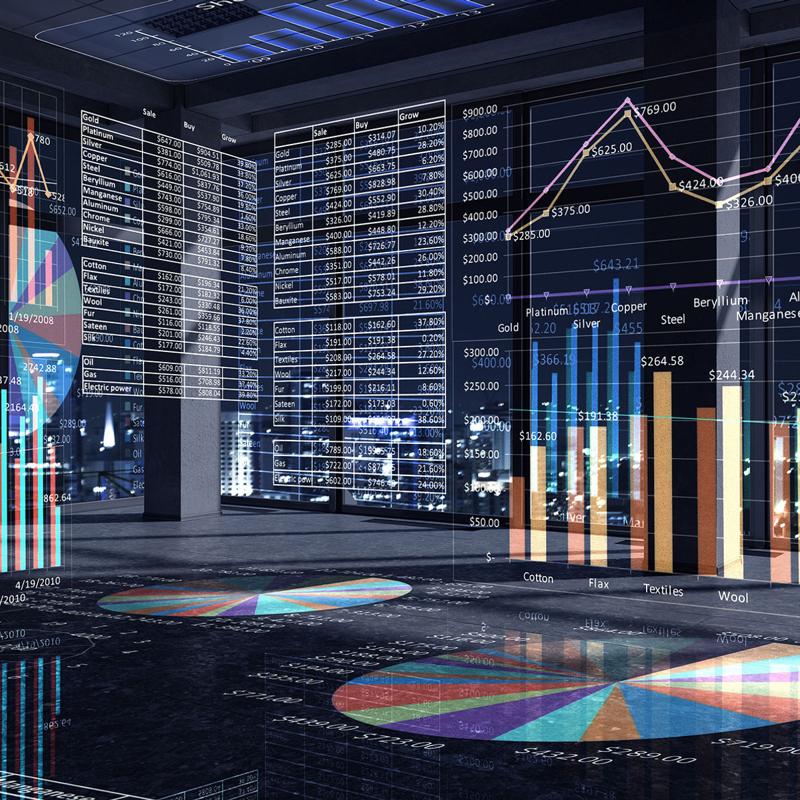Course overview
- Provider
- Coursera
- Course type
- Free online course
- Level
- Beginner
- Deadline
- Flexible
- Duration
- 19 hours
- Certificate
- Paid Certificate Available
- Course author
- Ronald Guymon
Description
Accounting has always been about analytical thinking. From the earliest days of the profession, Luca Pacioli emphasized the importance of math and order for analyzing business transactions. The skillset that accountants have needed to perform math and to keep order has evolved from pencil and paper, to typewriters and calculators, then to spreadsheets and accounting software. A new skillset that is becoming more important for nearly every aspect of business is that of big data analytics: analyzing large amounts of data to find actionable insights. This course is designed to help accounting students develop an analytical mindset and prepare them to use data analytic programming languages like Python and R.We’ve divided the course into three main sections. In the first section, we bridge accountancy to analytics. We identify how tasks in the five major subdomains of accounting (i.e., financial, managerial, audit, tax, and systems) have historically required an analytical mindset, and we then explore how those tasks can be completed more effectively and efficiently by using big data analytics. We then present a FACT framework for guiding big data analytics: Frame a question, Assemble data, Calculate the data, and Tell others about the results.
In the second section of the course, we emphasize the importance of assembling data. Using financial statement data, we explain desirable characteristics of both data and datasets that will lead to effective calculations and visualizations.
In the third, and largest section of the course, we demonstrate and explore how Excel and Tableau can be used to analyze big data. We describe visual perception principles and then apply those principles to create effective visualizations. We then examine fundamental data analytic tools, such as regression, linear programming (using Excel Solver), and clustering in the context of point of sale data and loan data. We conclude by demonstrating the power of data analytic programming language




